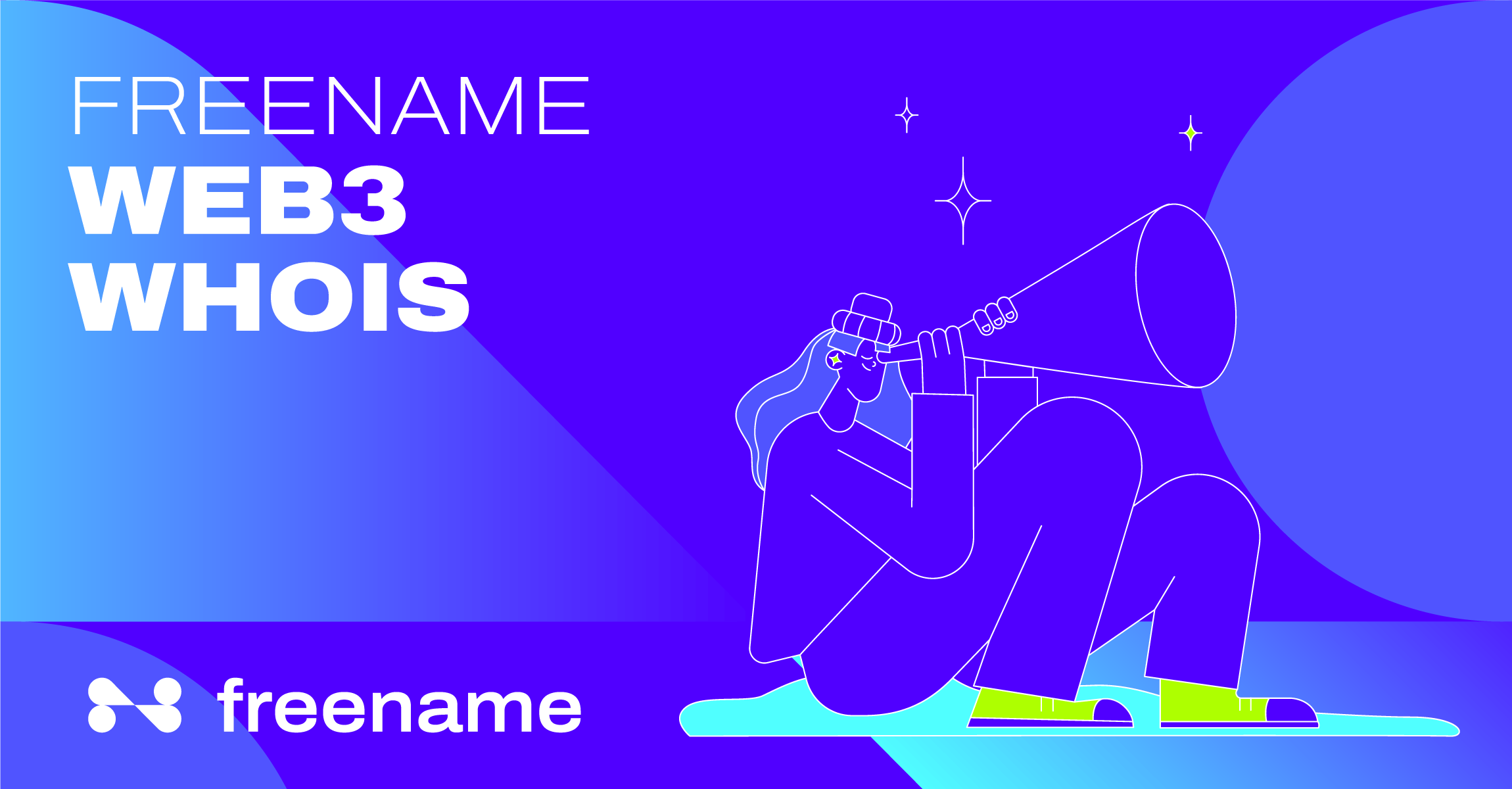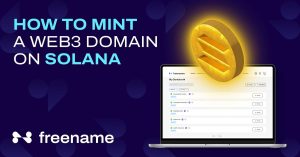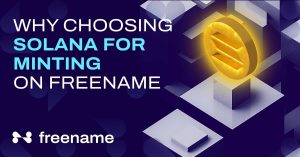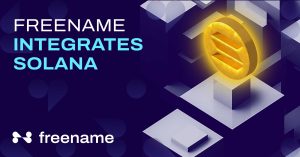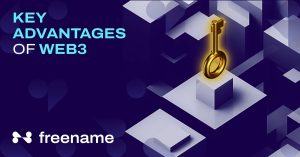WHOIS, the most complete Web3 domain/TLD ownership tool
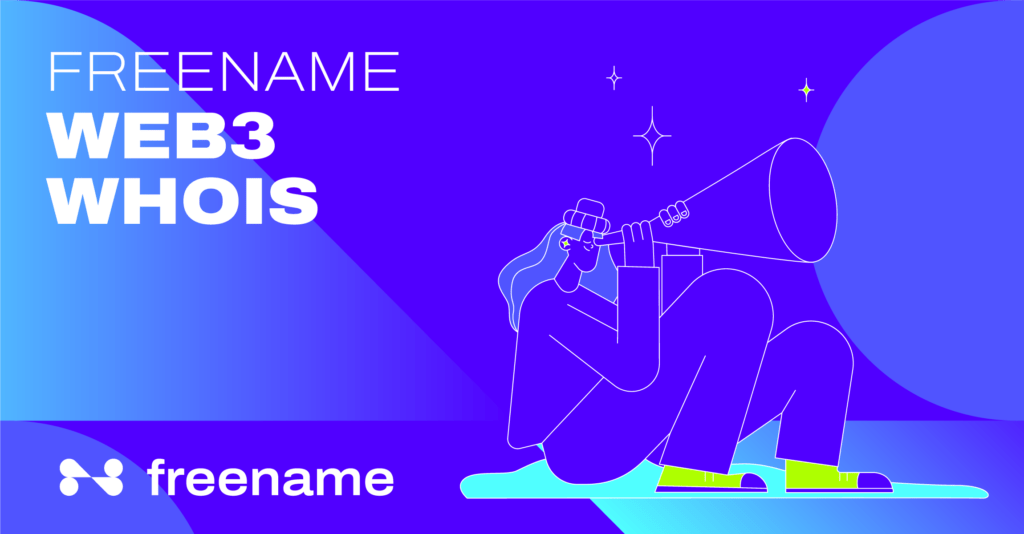
Web3 Domain explorers
When you open your browser, the first thing you do is look for something. You can use Google or any other search engine to find what you need. Explorers are built into the vast majority of websites. For example, Freename.io uses a good search engine to let users find the best Web3 domains/TLDs. Google changed the way we use the internet in a big way. Think about how often you tell someone to ‘Bing’ something. Usually not. You say “Google it” because the search engine is so important to how we use the Internet daily. Almost every website has added a search function. Check out the top of the Amazon home page. Have you seen the huge search bar that takes up half of the banner at the top? There’s no way to miss it! A strong explorer can be a useful USP for the owner of an online business, helping them stand out from their competitors.
Why is this important?
Web3 domains are what make online identities possible. Domain names and websites are very effective ways to promote a personal brand or a business. Choosing the right top-level domain (TLD) is one of the most important parts of setting a good tone and reputation. As more people use them, Web3 domains and top-level domains (TLDs) are becoming more popular. The Freename explorer helps leverage a good search engine to provide users access to the best Web3 domains/TLDs. However, apart from finding which Web3 domains and TLDs are available, there is no way to determine the ownership.
The ‘WHOIS’ explorer
Freename.io took this problem into account and has announced their newest dedicated explorer, ‘WHOIS’. It is a dedicated Web3 Domain and TLD explorer that looks for Web3 domains from Frename, ENS, and Unstoppable Domain on-chain. Users and businesses can find the right Web3 domain and TLD for their needs using a dedicated explorer. What if a certain domain name has already been taken? Businesses and users can use ‘WHOIS’ to find the wallet address behind a domain or the domain for a given wallet address. The Web3 domain space is growing, but it needs to be easier to see which domains and top-level domains (TLDs) are available and who are the owners behind them. Freename.io already uses a powerful search engine to connect users to the best Web3 domains, but with ‘WHOIS’, users can find the owners behind Web3 domains/TLDs.
How can users leverage the ‘WHOIS’ feature?
Double-check if the website is properly registered
One big benefit of web3 domains is that they are not controlled by the ICANN. One valid point ICANN has made is that anonymous domains are often used for illegal things like spreading malware and copyright-protected works without a license, among other things. As long as the people who own and run these platforms stay anonymous, law enforcement won’t be able to stop them. Even if the registrars are told about the domains and take them offline, the owners can move on to a new one and start over.
This is a big worry for Web2 domains, but there is a way to fix it in the Web3 space. Wallet addresses. By having both wallet addresses and transactions publicly available on the blockchain, the anonymity of wallet addresses is more resistant to fraud. So far, the only problem has been: how can users find the wallet address for a Web3 domain?
This problem can be fixed with Freename’s ‘WHOIS’.
‘WHOIS’ is a unique domain explorer vertical in Web3. It works for all domains because it queries wallets, domains and TLDs from Freename, Unstoppable Domains and the ENS database. It’s the only place you need to find the domains behind ANY wallet’s address.
Select Explorer.
Go to Web3 ‘WHOIS’.
Copy the wallet address and click the search button
Want to find out where a certain domain is located?
Select Explorer.
Go to Web3 ‘WHOIS’.
Copy the domain and click the search button
Check out this step by step demo or our youtube demo
Is this website a scam?
In Web3, anonymity is a characteristic respected by all, but it may have its downsides. With this emerging industry, users should be cautious and conduct due diligence when using any website.
Let’s say you are buying a product from a Web3 website. It would be beneficial to cross-check some of their past transactions to see if the website is legitimate. By leveraging the ‘WHOIS’ feature, users can conduct the appropriate due diligence before any purchase or transferring any assets to a domain.
If you get scammed, you can leverage the ‘WHOIS’ feature to gather evidence and proof from whatever blockchain the domain is registered on (another key information ‘WHOIS’ reveals). It is predicted that over time, Web3 scams will no longer be tolerated by authorities and having the proof to build a case is in your best interest.
Bad actors trying to steal your domain/TLD
Trademarks help you take legal action against those using your domain/TLD without your permission. Freename Web3 TLD trademark registration provides legal protection for your domain name and logo worldwide. For six months after you submit your trademark application to the Swiss Federal Institute of Intellectual Property (IGE.ch), your Web3 TLD will be safeguarded everywhere around the globe. You can also decide which countries to register your trademark.
If you have registered your trademark and you see someone trying to use your domain/TLD without your permission, ‘WHOIS’ is the first step for you to take. Finding the bad actors using your domain/TLD without your permission will help your case when pursuing legal action.
Conclusion
As this industry grows, it is becoming essential for users to have access to important information, such as the ownership behind Web3 domains. Having access to this information is usually difficult to come about as it requires coding prerequisites. Freename.io has given its users access to this information in a simple and coherent way by creating the ‘WHOIS’ explorer. You can find more information on our newest releases and products on our Medium page and useful articles to better understand Freename and the domain and trademark ecosystem.
Check the live demo

